This week in the UK has brought the first glimmers of spring after a dense winter of wind and rain. Although easy to miss, if you’re paying attention, you’ll see the tiny shoots of green emerging from the earth. The ground is starting to wake up.
This would’ve been a pivotal moment each year for our indigenous ancestors, whose lives were spent eating the land. January and February mark the hunger gap, the time when food diversity is most scarce. At this time, hunter-gatherer communities in temperate regions would have survived mainly on wild game to see them through the cold months. In the UK, that would have meant deer, both Red and Roe, Aurochs, the pre-domesticated ancestors of cows, wild boar, and beaver. But as February came to a close and the March sun began to return, fresh green shoots would have started pushing through the soil, just like they do today.
Some of you who have been following me for a while will know that last summer, I took part in The Old Way. It was one of the best and most challenging summers of my life, less a physical trial and more an emotional initiation, filled with grief and, often despite my resistance, an overwhelming depth of love. The Old Way doesn’t run every year, though, and in the in-between years, the same crew holds The Wild Practice: one day a month for a year, following the moons and taking a deep dive into whatever wild food source is most abundant in that season. These photos are from the first week—The Wild Greens Moon.
Out of all the moons I’ll take part in over the next year, wild greens are probably the ones I know best. However, it was beautiful to go slowly and relearn these plants. I had fallen into the trap of ignorantly thinking that naming was synonymous with knowing. But I don’t truly know these plants. Not in the way our ancestors would have. I can name them, but words are crude signposts. This was a reminder that a relationship with a plant goes so much deeper than identification. If you’re prepared to go slowly and open your senses, you can receive downloads and uploads unavailable to the rational, colonial mind.
What We Found
Once you start looking, you see them everywhere. Tiny shoots, soft leaves, things you’ve probably walked past a thousand times without noticing. But these were the first foods of the year, the ones that would have mattered most after a long winter.
Primrose – Soft, edible flowers with a delicate sweetness.
Lords and Ladies – Beautiful but toxic, a reminder that not everything green is food.
Scarlet Elfcup – Bright red fungi, like little flames on the forest floor.
Nettle – Full of iron; the young leaves are perfect for tea or soup.
Sheep’s Sorrel & Common Sorrel – Sharp, lemony, like a hit of citrus from the earth.
Wood Avens Leaves – Mildly aromatic, often overlooked but useful.
Dandelion – Bittersweet and cleansing, one of the most resilient plants.
Wild Garlic – That unmistakable smell filling the air in damp woodlands.
Cleavers – The sticky weed that clings to your clothes, great for a cleansing tea.
Golden Saxifrage – Growing in the shade, easy to miss but edible.
Dock – Best when young before it gets too bitter.
Ribwort Plantain – Medicinal, resilient, growing in all the forgotten corners.
Hazel Catkins – The pollen-heavy flowers of hazel, an early nibble.
Cow Parsley – One to identify carefully—get it wrong, and you’re in trouble.
We walked, we picked, we tasted, we listened. Learning, or maybe just remembering, how to see the land for what it really is: our most ancient and often forgotten friend.
Standing there, hands full of sorrel, I kept thinking about what this moment would have meant to those who lived by the seasons. After months of nothing fresh, those first greens must have felt like a lifeline. Their bodies, like ours, would have craved them. The iron in nettles, the vitamins in sorrel. They weren’t just eating for the sake of it. They were rebuilding themselves, piece by piece, after winter.
This rhythm is still there, even if we don’t rely on it anymore. The plants still emerge in the same order, the land still moves at its own pace. Many of us have stopped paying attention. But when you step into it, when you follow the cycle with your own hands and your own hunger, it starts to make sense again.
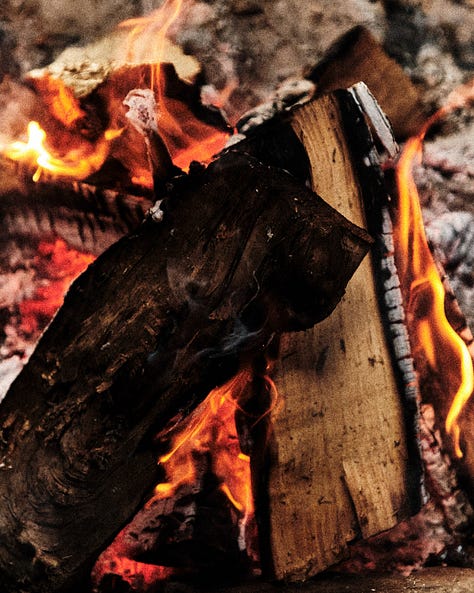
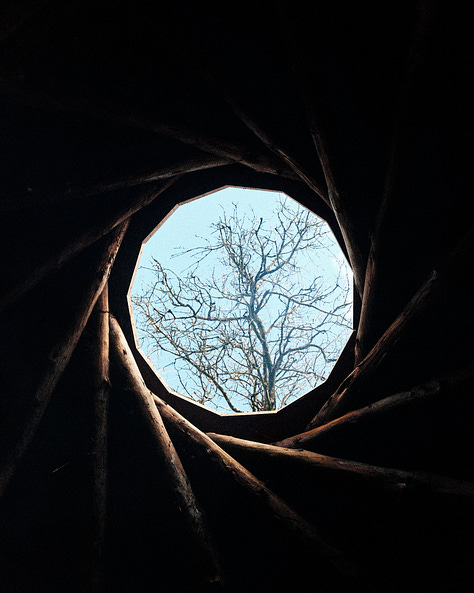
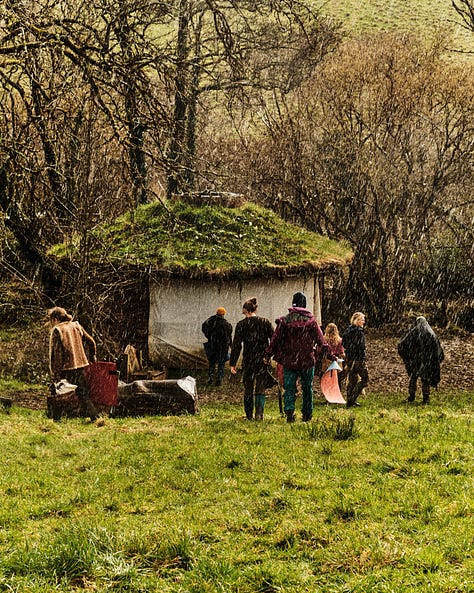
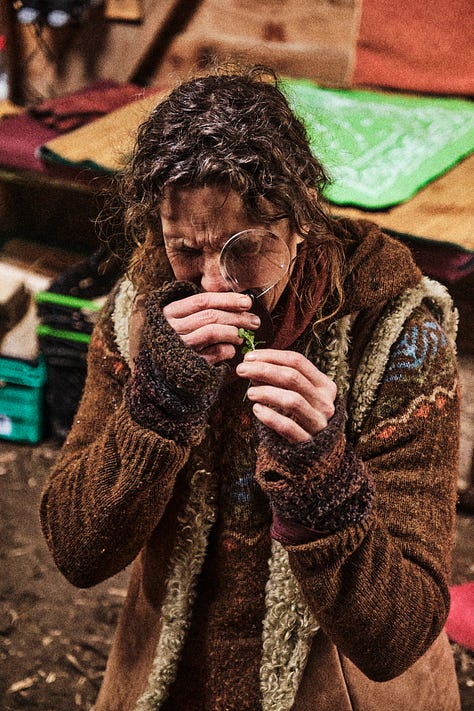
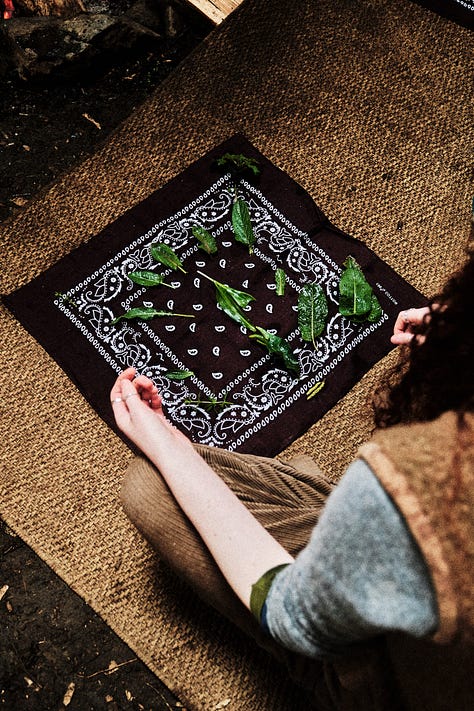
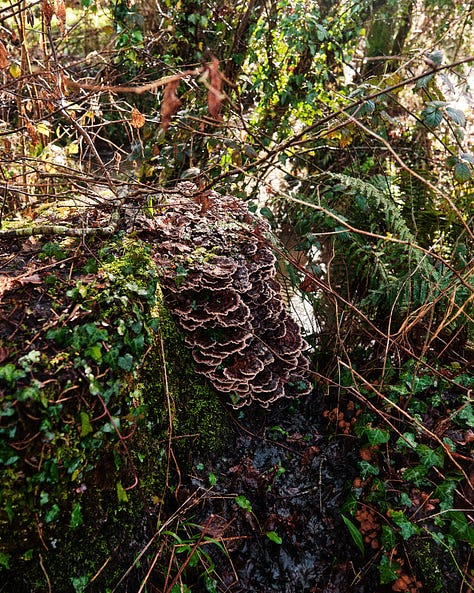
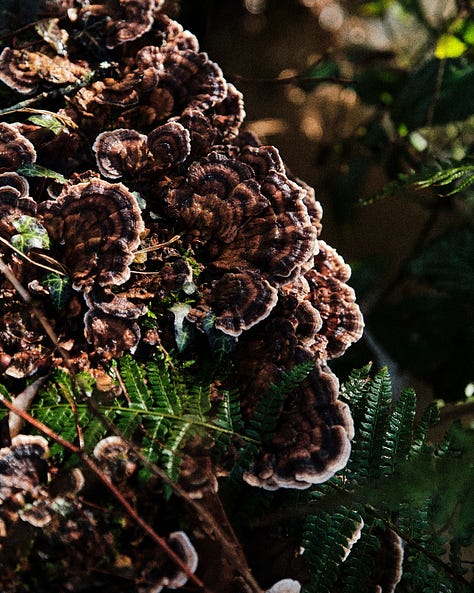
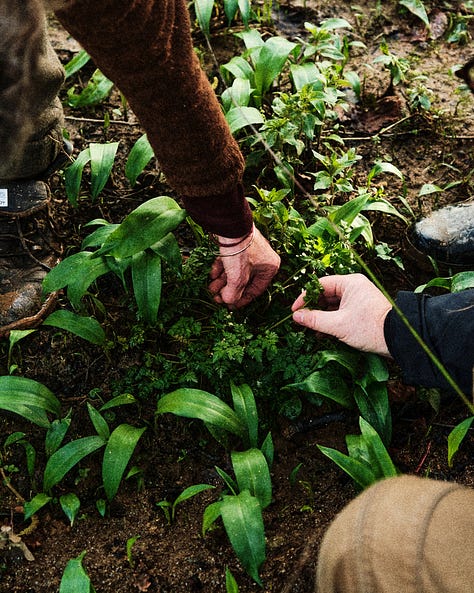
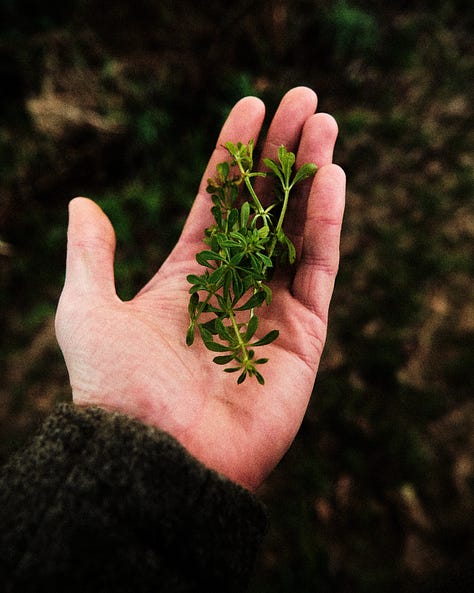







Can't wait to taste my first hazel catkin this Spring. I did not know that they are edible! It always feels so magical and special to eat what nature provides. I can feel it is good for me. It makes me feel at peace. I am doing this way to less. Thank you for the inspiration to learn more about and from my sorrounding plants